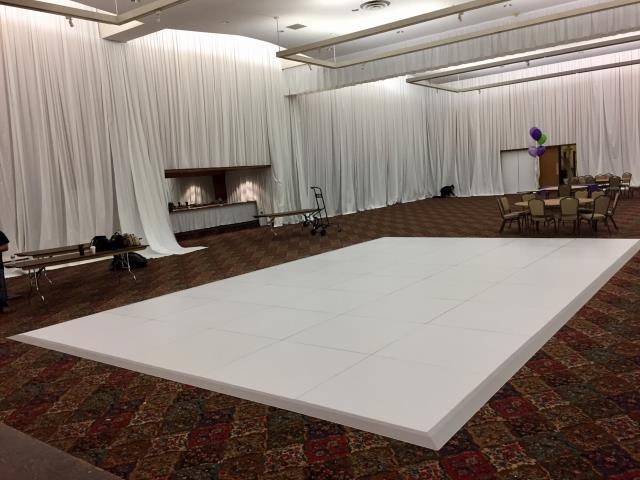
The primary colors are red, blue, and yellow. These colors cannot be created by blending different hues combined. Secondary colors, such as green, orange, and purple, are created by combining main hues. Third-level hues are created by combining a main hue with a secondary hue. Grasping these fundamental connections helps creators select hues that enhance one another and create a aesthetically appealing display. Combining these colors on an LED dance surface can result to vibrant and stimulating effects that capture the attention of participants.
Hue value also holds a crucial role in design. Colors can be classified as hot or chill. Hot hues, such as red, orange, and yellow, tend to elicit emotions of enthusiasm and heat. In contrast, cool colors like azure, emerald, and violet often create a calm and soothing environment. Creators can utilize these color temperatures to set the ambiance for various kinds of occasions. For instance, a party environment may gain from hot colors dance floor rental for corporate functions that invigorate the audience, while a more relaxed event might employ chill colors to provide a calming influence.
In furthermore to color combinations and temperature, luminosity and saturation are essential factors to take into account. Brightness refers to how light or dim a hue appears, while saturation indicates the vividness of a color. Bright, saturated hues can generate a vibrant and lively atmosphere, ideal for dance floors. On the contrary hand, gentler, less saturated hues can generate a more top article subdued environment. Through manipulating brightness and intensity, creators can draw attention to particular sections of the dance floor or establish sight routes, guiding dancers through the venue.
Ultimately, it is essential to take into account the emotional effects of color in light-emitting diode dancing floor layouts. Various hues can evoke various feelings and reactions. For example, red is frequently linked with passion and energy, while blue can be soothing and tranquil. Understanding these associations allows creators to tactically use hues to affect the behavior of dancers. By integrating hue theory into LED dancing surface layouts, creators can enhance the total encounter, rendering it memorable and enjoyable for everyone participating.